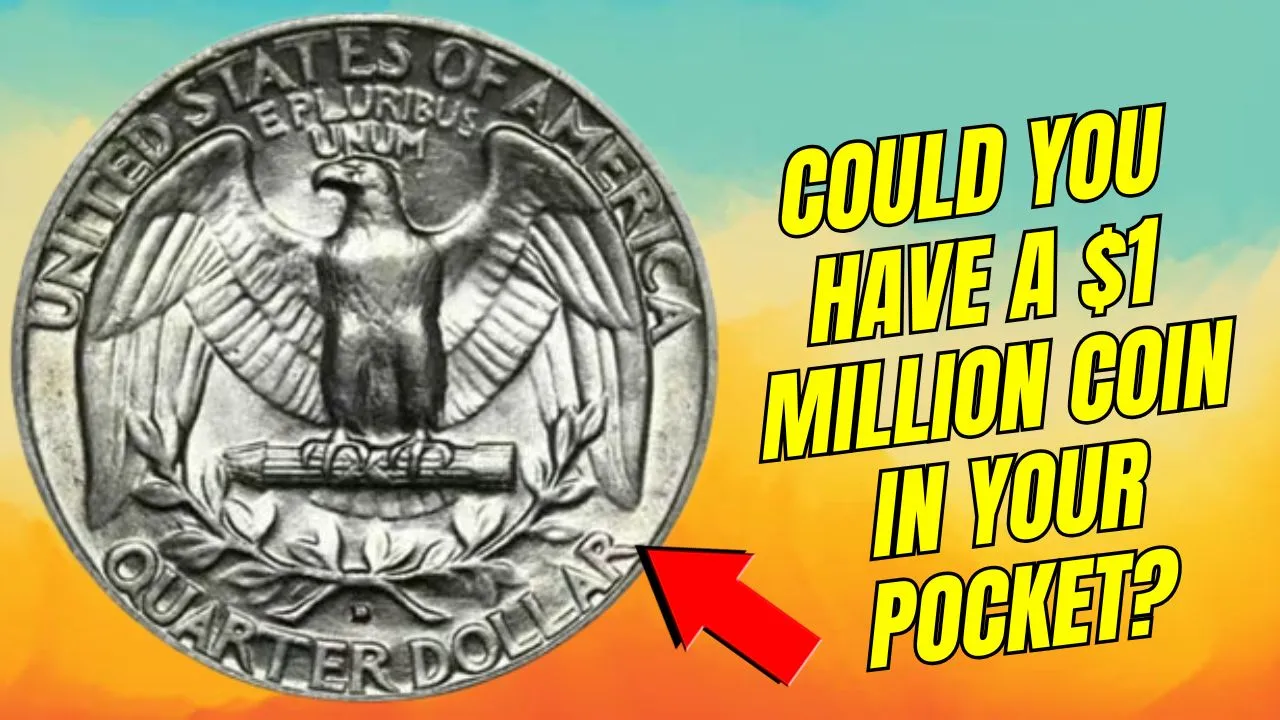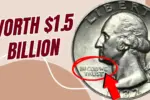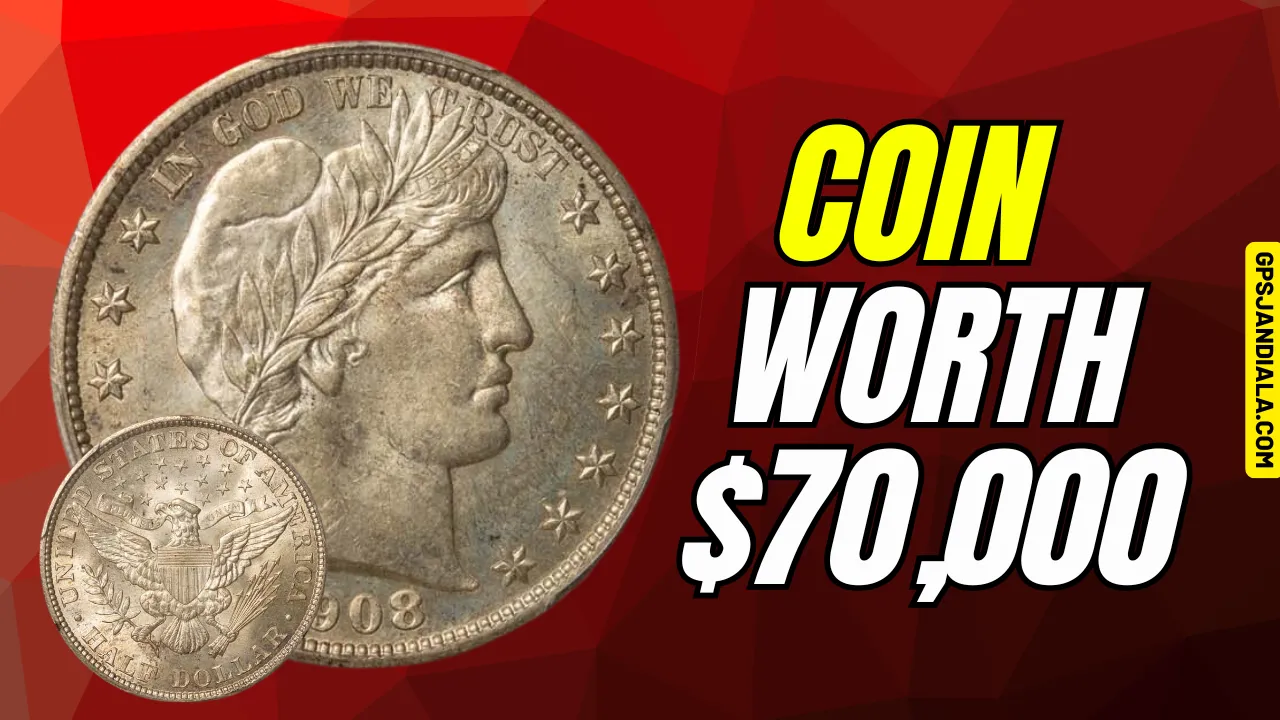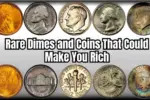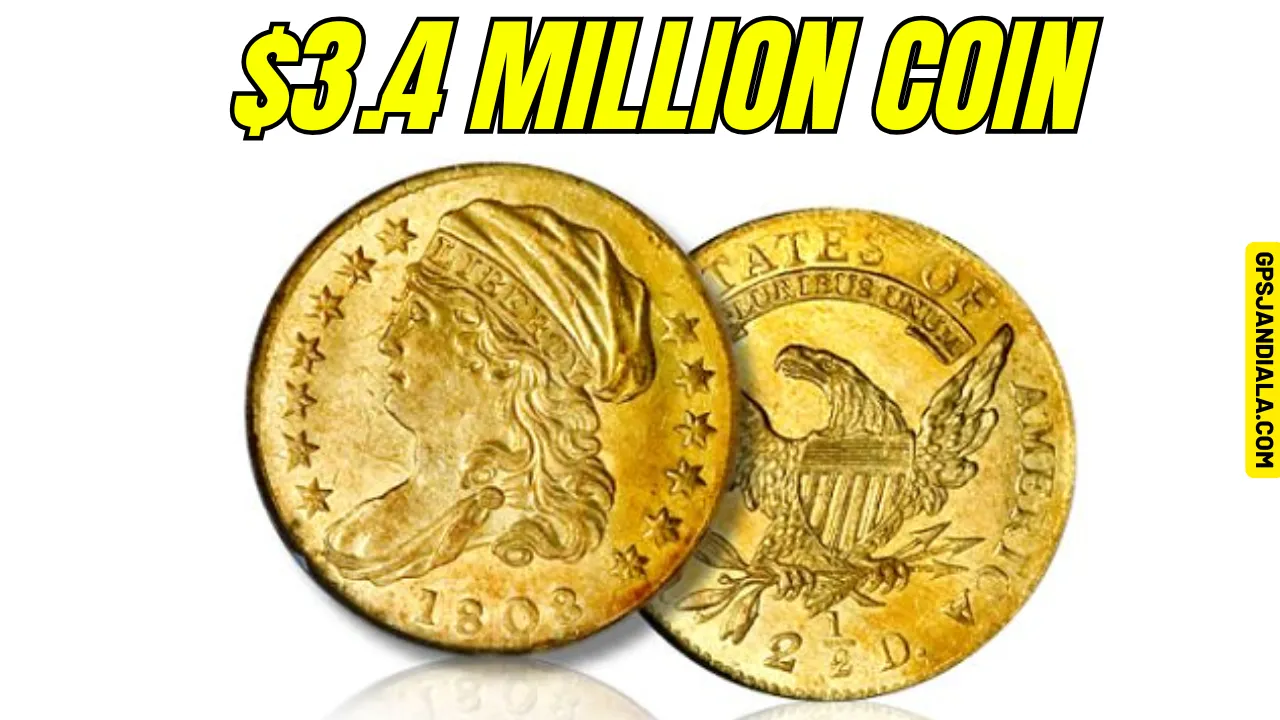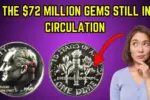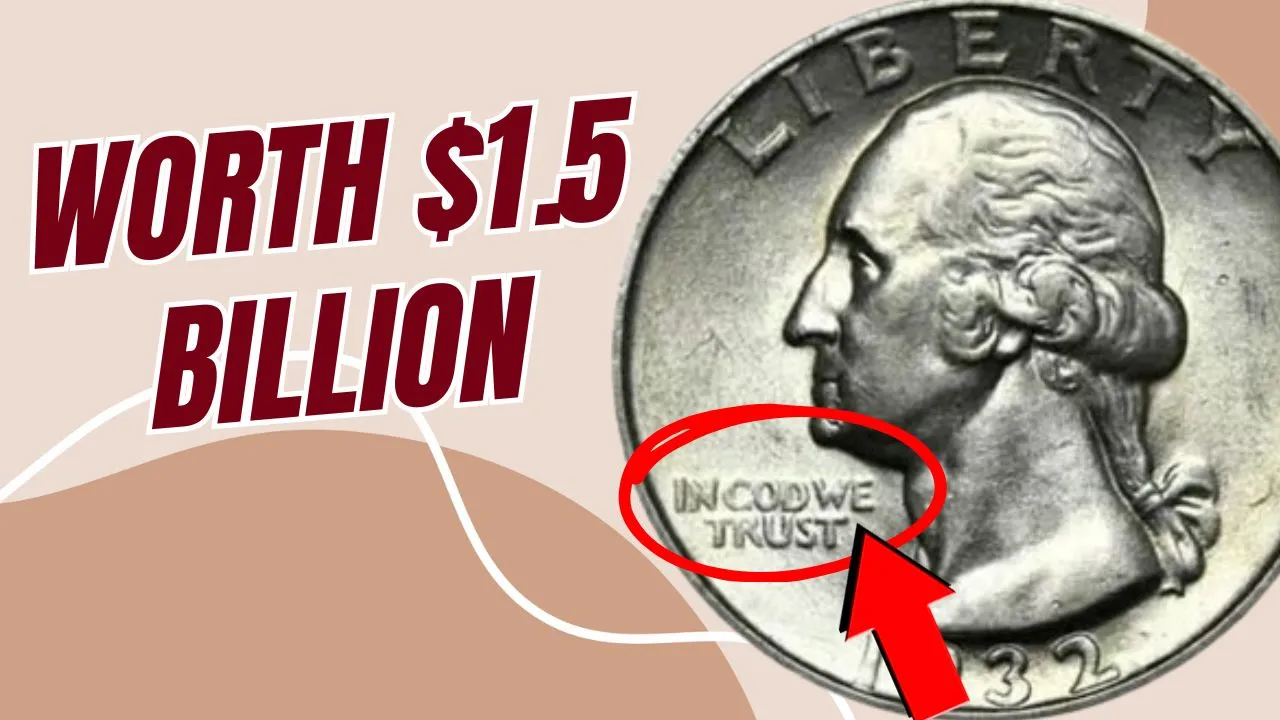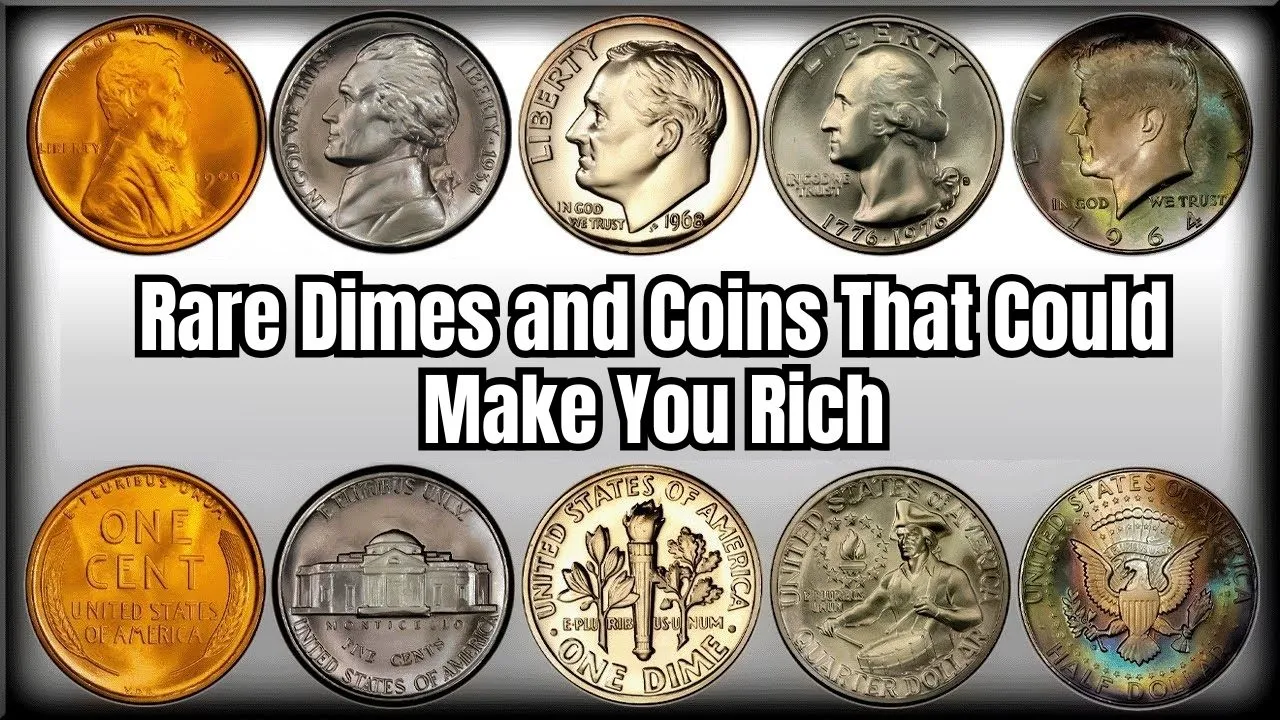The Rare Bicentennial Quarter: Coins aren’t just pieces of metal; they’re tiny snapshots of history, packed with cultural and artistic significance. Among the many collectible coins in the United States, the Rare Bicentennial Quarter holds a legendary status. Created to celebrate the 200th anniversary of American independence, this quarter has become a prized possession for collectors—especially rare variations that have sold for up to $1 million.
But what exactly makes the Rare Bicentennial Quarter so valuable? From its historical significance to minting errors and silver content, there’s a lot to uncover. This article explores why this coin is so coveted, how to identify one, and whether you could still stumble upon one in circulation.
Overview: Key Facts About the Rare Bicentennial Quarter
| Feature | Details |
| Years Minted | 1975–1976 |
| Unique Design Features | Dual date “1776–1976” and a drummer boy on the reverse |
| Material | Most are copper-nickel; rare coins are 40% silver |
| Valuation Factors | Minting errors, silver content, proof sets, and uncirculated coins |
| Record Auction Price | $1 million for a silver quarter in flawless condition |
| Still in Circulation | Yes, though rare variations are extremely hard to find |
The Bicentennial Quarter: A Coin That Marks History
The Bicentennial Quarter was introduced as a commemorative coin to celebrate the United States’ 200th birthday. What sets it apart from regular quarters is its distinctive design.
- Obverse (Front): The classic portrait of George Washington remains unchanged.
- Reverse (Back): The reverse showcases a drummer boy in colonial attire, alongside a torch surrounded by 13 stars representing the original colonies.
The coin also bears a dual date, “1776–1976,” signifying the anniversary of America’s independence. This unique design ensured its popularity among collectors and the general public alike when it was first released.
Why Is the Rare Bicentennial Quarter So Valuable?
Although millions of Bicentennial Quarters were produced, not all are created equal. Several factors contribute to the staggering value of certain coins.
1. Rare Minting Errors
Minting errors can make a coin worth far more than its face value. Some Bicentennial Quarters were struck with flaws such as doubled dies (a doubling of the design elements) or misaligned features. These errors are extremely rare and highly prized by collectors.
2. Silver Composition
Most Bicentennial Quarters were struck with a copper-nickel alloy, but a limited number were minted in 40% silver. These silver coins were typically part of special collector sets and are much rarer than their copper-nickel counterparts. Their scarcity and material make them significantly more valuable.
3. Uncirculated Coins
Coins in pristine, uncirculated condition fetch premium prices in the market. These are coins that have never been in public circulation and maintain their original luster.
4. Proof Coins
Proof versions of the Bicentennial Quarter were created with a high-polish finish and sharper details. These coins, especially those with the “S” mint mark from the San Francisco Mint, are among the most sought after by collectors.
How the Bicentennial Quarter Reached a $1 Million Valuation
The valuation of the Rare Bicentennial Quarter at $1 million is a result of its combination of rarity, condition, and historical significance. Coins that have been professionally graded in flawless condition are the most likely to achieve such extraordinary prices.
For example, a silver Bicentennial Quarter in pristine, mint-state condition made headlines when it sold at auction for $1 million. The record-setting sale captured the attention of collectors worldwide and solidified the coin’s status as one of the most iconic collectibles in U.S. history.
How to Identify a Rare Bicentennial Quarter
If you’re curious whether the Bicentennial Quarter in your pocket might be worth more than 25 cents, here are some key features to look for:
- Dual Date: All Bicentennial Quarters feature the “1776–1976” date, so this alone doesn’t make it rare.
- Metal Composition: A simple weight test can help determine if a coin is made of silver (silver coins are slightly heavier). You can also listen for the distinct sound silver coins make when dropped on a hard surface.
- Mint Mark: Check for mint marks near Washington’s ponytail on the obverse. Coins with an “S” mark (from the San Francisco Mint) are often proof coins and more valuable.
- Minting Errors: Look closely for signs of doubled text, misaligned features, or other unusual imperfections.
- Condition: Coins that appear brand-new or have no visible signs of wear may be uncirculated, making them more valuable.
Still in Circulation: Can You Find One?
Although the Rare Bicentennial Quarter is highly collectible, many of these coins remain in circulation. However, the most valuable versions—such as silver coins or those with minting errors—are far less likely to turn up in your pocket change.
For coin enthusiasts, the possibility of finding a treasure like this keeps the thrill of the hunt alive. While your chances of discovering a million-dollar Bicentennial Quarter are slim, it’s not impossible to stumble upon a unique version with significant value.
Why the Bicentennial Quarter is Beloved by Collectors
Collectors are drawn to the Bicentennial Quarter for several reasons:
- Historical Significance: The coin is a tribute to America’s independence and serves as a reminder of the nation’s rich history.
- Artistic Design: The drummer boy design is unique and stands out among U.S. coins.
- Rarity: The scarcity of certain variations adds a sense of exclusivity and prestige to owning one.
Whether you’re a seasoned numismatist or a casual collector, the Bicentennial Quarter represents more than monetary value—it’s a tangible piece of American heritage.
FAQs About the Rare Bicentennial Quarter
1. How can I tell if my Bicentennial Quarter is made of silver?
Silver coins are slightly heavier than copper-nickel coins and produce a distinctive ringing sound when dropped on a hard surface.
2. What’s the most valuable Bicentennial Quarter ever sold?
The most valuable example was a silver Bicentennial Quarter in flawless condition, sold at auction for $1 million.
3. Can I still find Bicentennial Quarters in circulation?
Yes, regular Bicentennial Quarters are still legal tender and can occasionally be found in circulation, though rare versions are much harder to come across.
4. Are proof Bicentennial Quarters valuable?
Yes, proof coins with enhanced finishes and the “S” mint mark are particularly sought after by collectors.
5. Should I clean my Bicentennial Quarter?
No, cleaning a coin can reduce its value by damaging its surface or removing its original patina.
Final Thoughts
The Rare Bicentennial Quarter isn’t just a coin—it’s a piece of history that continues to capture the imagination of collectors and enthusiasts alike. Whether you’re drawn to its unique design, its historical significance, or the possibility of uncovering a million-dollar treasure, this coin has something special to offer.
Next time you check your pocket change, take a closer look—you might just be holding a small fortune. If you’ve ever found a Bicentennial Quarter or have a story to share, leave a comment below. Happy collecting!
